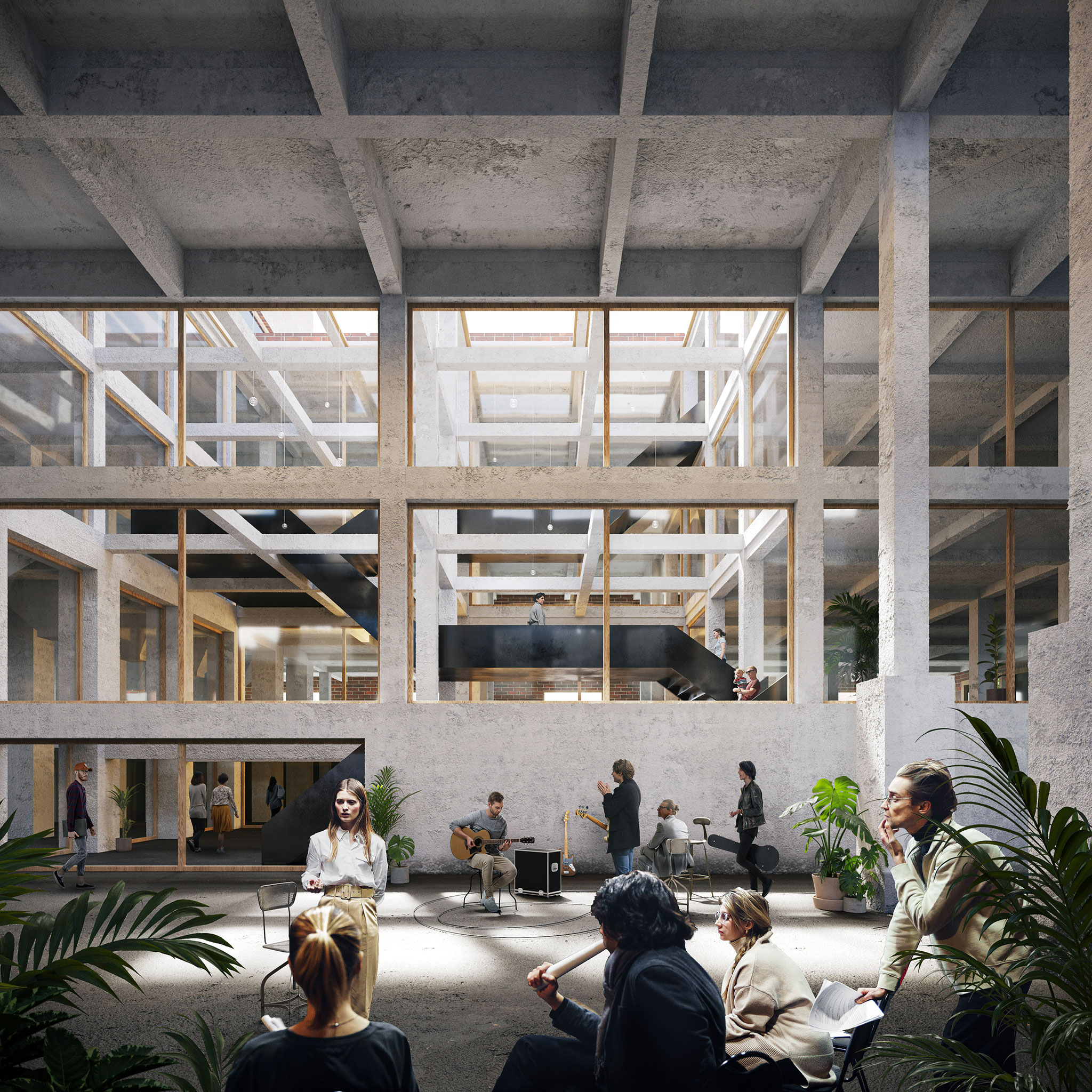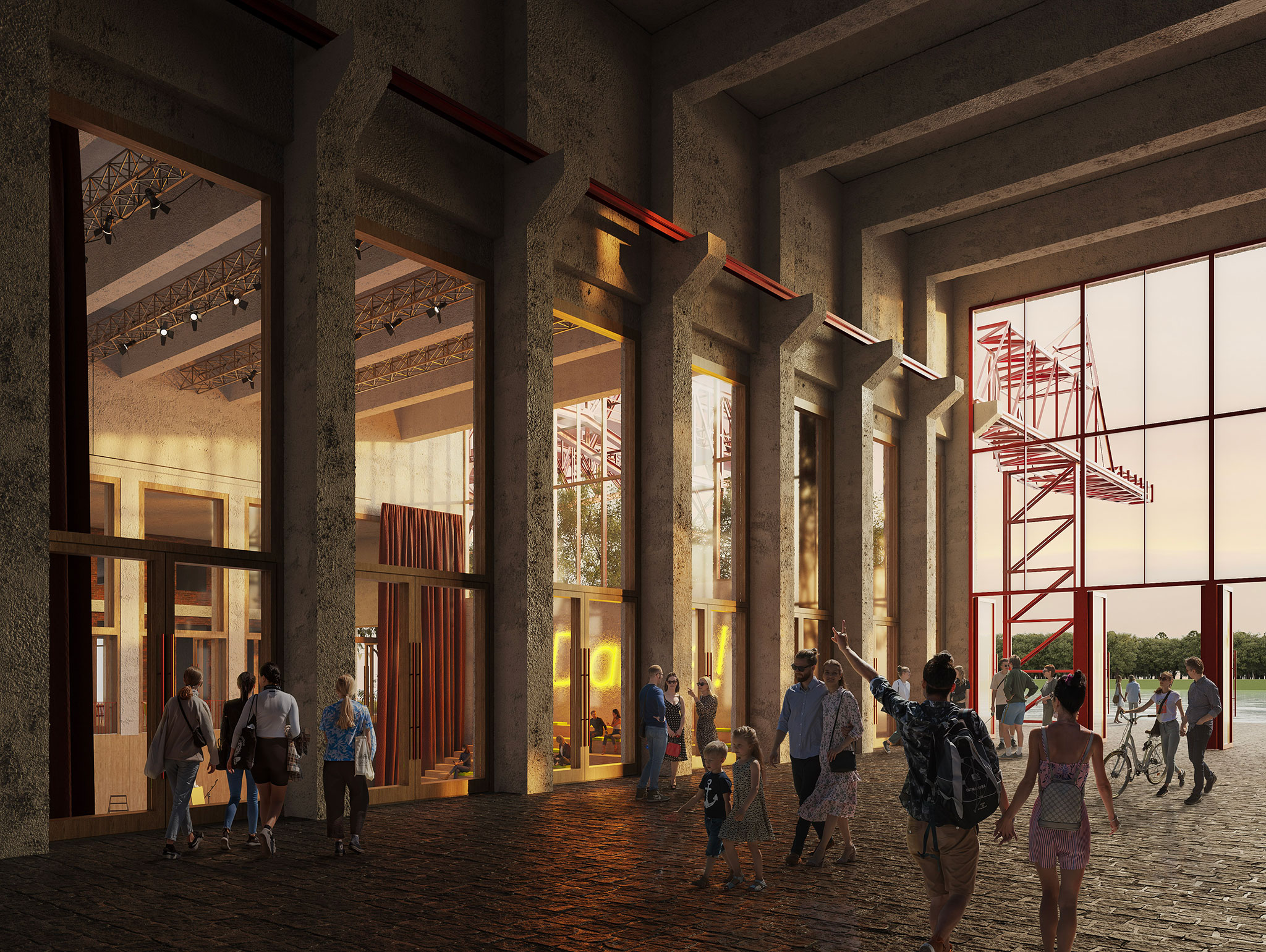Emilio Tuñón Álvarez (b. Madrid, January 1, 1959) is an architect from ETSAM since 1981, PhD in Architecture since 2000 and a Professor of Architectural Projects at the School of Architecture of Madrid since 2016. In 2022 he was awarded the National Architecture Prize. In 2014 he was awarded the Gold Medal for Merit in Fine Arts by the Spanish government, the Mies van der Rohe Prize 2007, the European Union Prize for Contemporary Architecture 2007, the Spanish National Architecture Prize 2003 and the FAD Awards 2001, 2007 and 2011.
In 1992 he founded, with Luis M. Mansilla, Mansilla + Tuñón Arquitectos, whose most representative works are: the Gastropabellón in Zurich (2017), the Museum of the Royal Collections in Madrid (2016), the Relaix Chateaux Atrio in Cáceres (2012), the MUSAC in León (2007), the Documentary Center «El Águila» in Madrid (2003), the Auditorium of León (2003), the Museum of Castellón (2000) and the Museum of Zamora (1996).
In 1993, Emilio Tuñón founded the CIRCO cooperative of thoughts together with Luis Moreno Mansilla and Luis Rojo, editing a publication of the same name, which was awarded the prize of the III Ibero-American Biennial of Architecture and Engineering, the C.O.A.M prize and the special FAD 2007 critics' prize.
After the death of Luis M. Mansilla (February 22, 2012), Tuñon worked in his studio as Tuñon Arquitectos, going on shortly thereafter (2015) to found the Tuñón y Albornoz Arquitectos studio together with Carlos Martínez Albornoz.
Emilio Tuñón is currently Professor of the Department of Architectural Projects at the School of Architecture of Madrid (E.T.S.A.M) and has been a visiting professor at numerous universities: Jean Labatout Professor at the Princeton University School of Architecture, Eliot Noyes Professor at the Graduate School of Design at Harvard, visiting professor at the Ecole Polytechnique Fédérale de Lausanne, and the Städelschule in Frankfurt.
Emilio Tuñón's work has been recognized, among other awards, with the following prizes: National Architecture Award 2022, RIBA International Fellowship 2019, Eduardo Torroja Award 2018, Community of Madrid Award 2018, Spanish Architecture Award 2017, International Spanish Architecture Award 2017, FAD Award 2017, COAM Award 2016, Gold Medal for Merit in Fine Arts 2014, Mies van der Rohe Award 2007. Since 2007 Emilio Tuñón has been a patron of the Arquia Foundation, awarded the CSCAE Gold Medal in 2015.
With Tuñón Arquitectos and Mansilla + Tuñón Arquitectos, he was the winner of various public architecture competitions: First prize in the competition for the Masterplan of Kalaja e Turres Port, Albania (2014). First prize in the Down Town District Residental Tower competition in Dubai (2013). First prize in the competition for the Neubau Gastro-pavillon at the ETH Zurich (2013). First prize in the competition for the Wine Dome in Valbuena de Duero (2012). First prize in the competition for the Museo Territorio de Migraciones in Algeciras (2008). First prize in the competition for the Museum of Visigothic Art in the Vega Baja de Toledo (2010). First prize in the competition for the Energy Dome in the Ciudad del Medio Ambiente in Soria (2008). First prize in the competition for the International Congress Centre of the City of Madrid (2007). First prize in the competition for the Helga de Alvear Foundation in Cáceres (2005). First prize in the competition for the new building for the Lalín Town Hall (2004). First prize in the competition for the remodelling of the Valbuena area in Logroño (2003). First prize in the competition for the Museum of Royal Collections (2002). First prize in the competition for the Museum of Cantabria (2002). First prize in the competition for the Architectural Complex dedicated to the Sanfermines (2001). First prize in the competition for the Centre for Contemporary Art in Brescia (2000). First prize in the competition for the Museum of Fine Arts in Castellón (1997). First prize in the competition for the Auditorium of the city of León (1996). First prize in the competition for the Cultural Centre of the Community of Madrid in the old factory «El Aguila» (1995).
His projects and articles have been published in numerous national and international indexed journals, and his work is collected in numerous monographs, among which should be highlighted those published by AV Proyectos 65 in 2014 and the magazine El Croquis 161 in 2012, Mansilla + Tuñón Architects published by Edil Stampa in 2012, AV Monografías magazine 144 in 2011, Mansilla + Tuñón published by Electa in 2007, el Croquis 115-116 (II) in 2003, 2G magazine 27 in 2003.
































